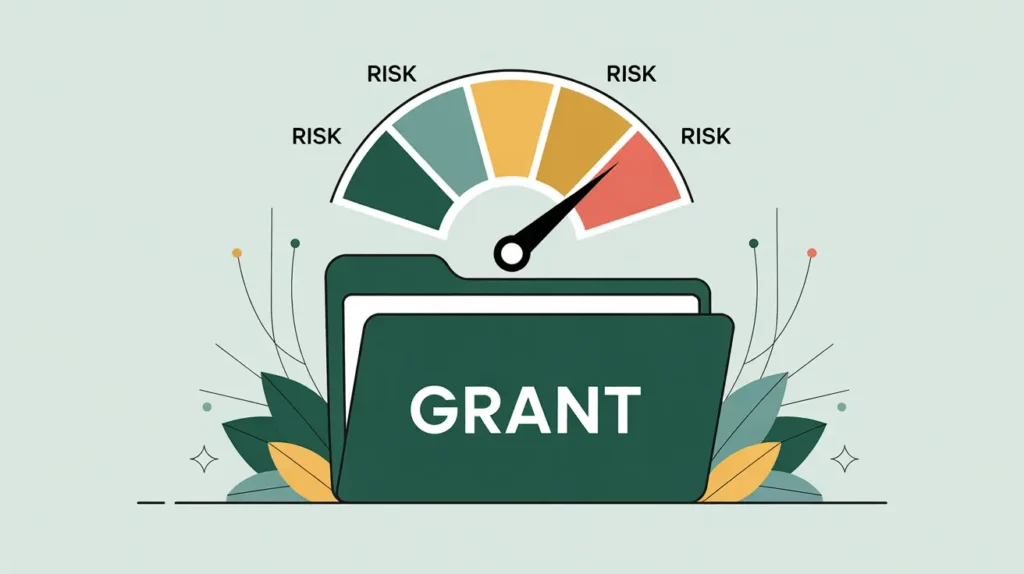Importance of Grant Budget
The grant budget translates a nonprofit’s proposed activities into a financial plan, showing donors exactly how funds will be used. This matters because clarity and accuracy in budgeting build trust, improve funding success, and ensure compliance once grants are awarded. For nonprofits in social innovation and international development, the grant budget is critical for aligning donor resources with mission priorities while meeting complex requirements across multiple countries or partners. Boards and fundraising teams value grant budgets because they link strategy to finance in ways that demonstrate accountability and feasibility.
Definition and Features
A grant budget is defined as a detailed financial plan that accompanies a grant proposal, outlining expected expenses and sometimes projected revenues tied to the funded project. Key features include:
- Line-Item Detail: salaries, travel, supplies, equipment, and other direct costs.
- Indirect Costs: overhead allocations based on donor or organizational policies.
- Restrictions: categories of allowable vs. unallowable costs.
- Alignment with Activities: budget items directly tied to program outputs and outcomes.
Grant budgets differ from organizational budgets by being project-specific and donor-driven, often subject to negotiation or modification.
How This Works in Practice
In practice, nonprofits prepare grant budgets during the proposal stage and adjust them during award negotiations. For example, a nonprofit seeking $1 million in funding for a rural education project may budget $700,000 for direct program delivery, $200,000 for staffing and training, and $100,000 for indirect costs. Finance teams ensure the budget complies with donor rules (such as cost principles), while program teams validate that activities are feasible within the proposed costs. Donors often require detailed justifications and may cap indirect cost rates.
Implications for Social Innovation
For nonprofits in social innovation and international development, grant budgets are not just technical documents but tools for transparency and alignment. Transparent budgeting reduces information asymmetry by showing stakeholders how resources map to outcomes. Donors appreciate clear, realistic budgets that demonstrate stewardship and credibility. When crafted strategically, grant budgets help nonprofits secure resources, deliver on commitments, and ensure funding translates into systemic impact.







